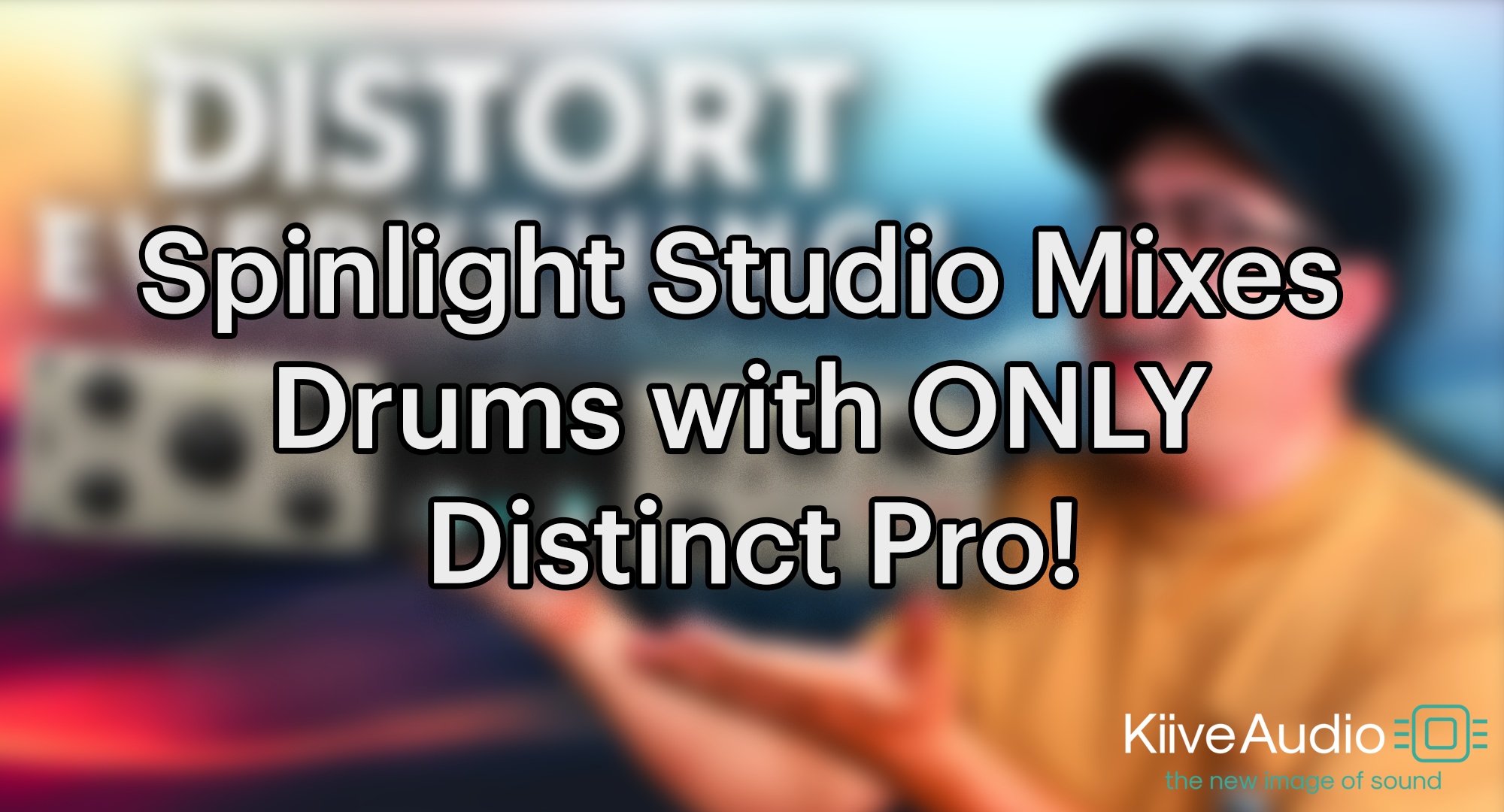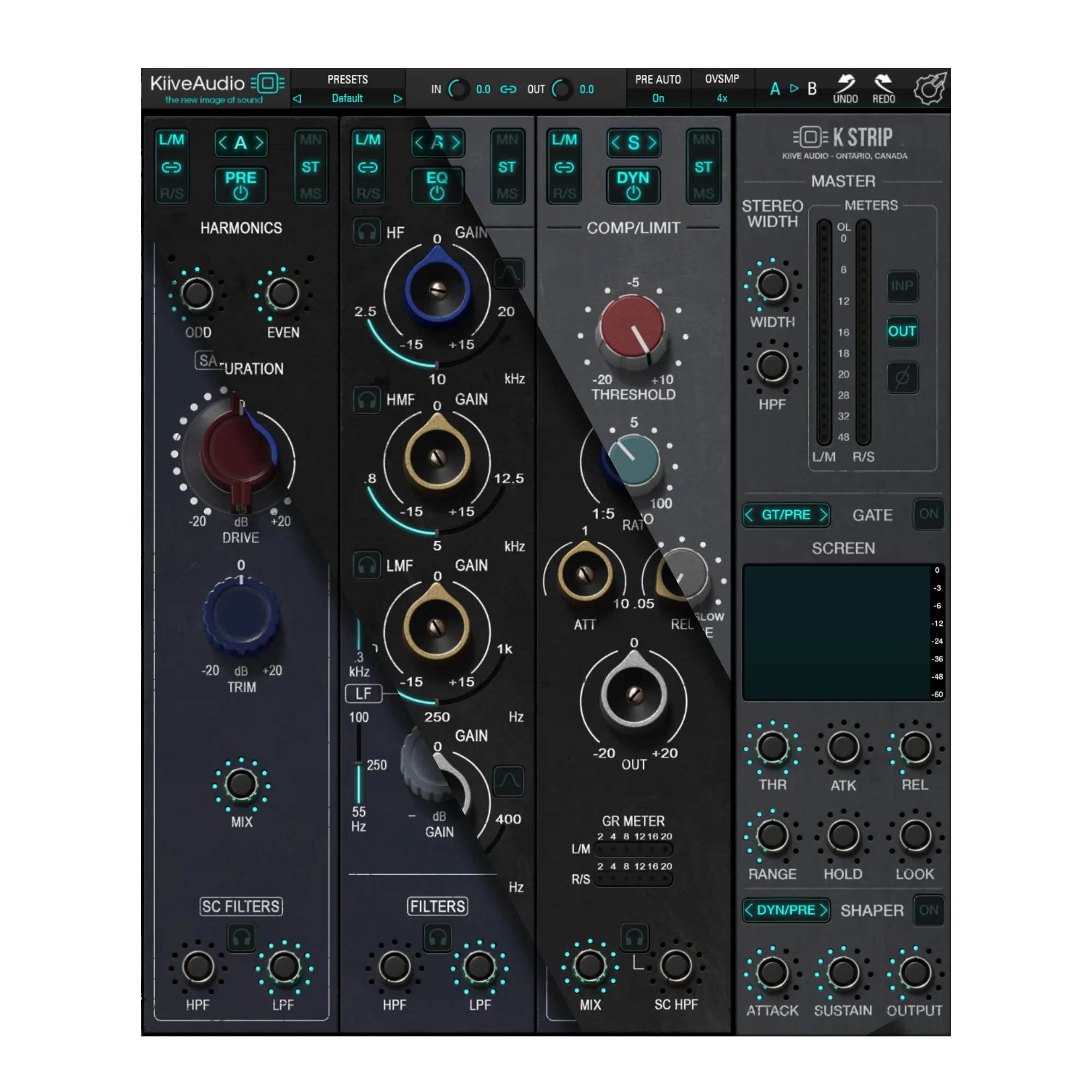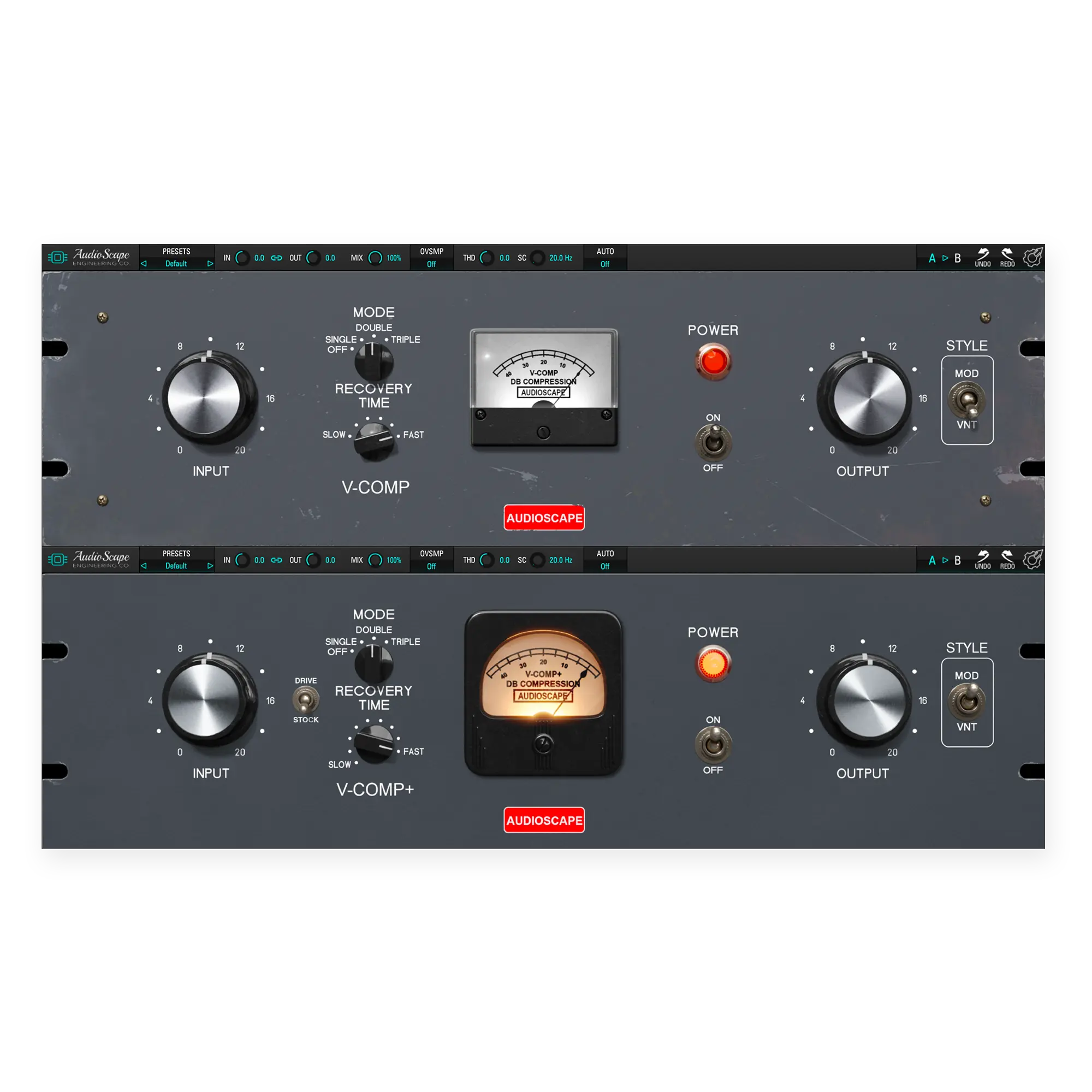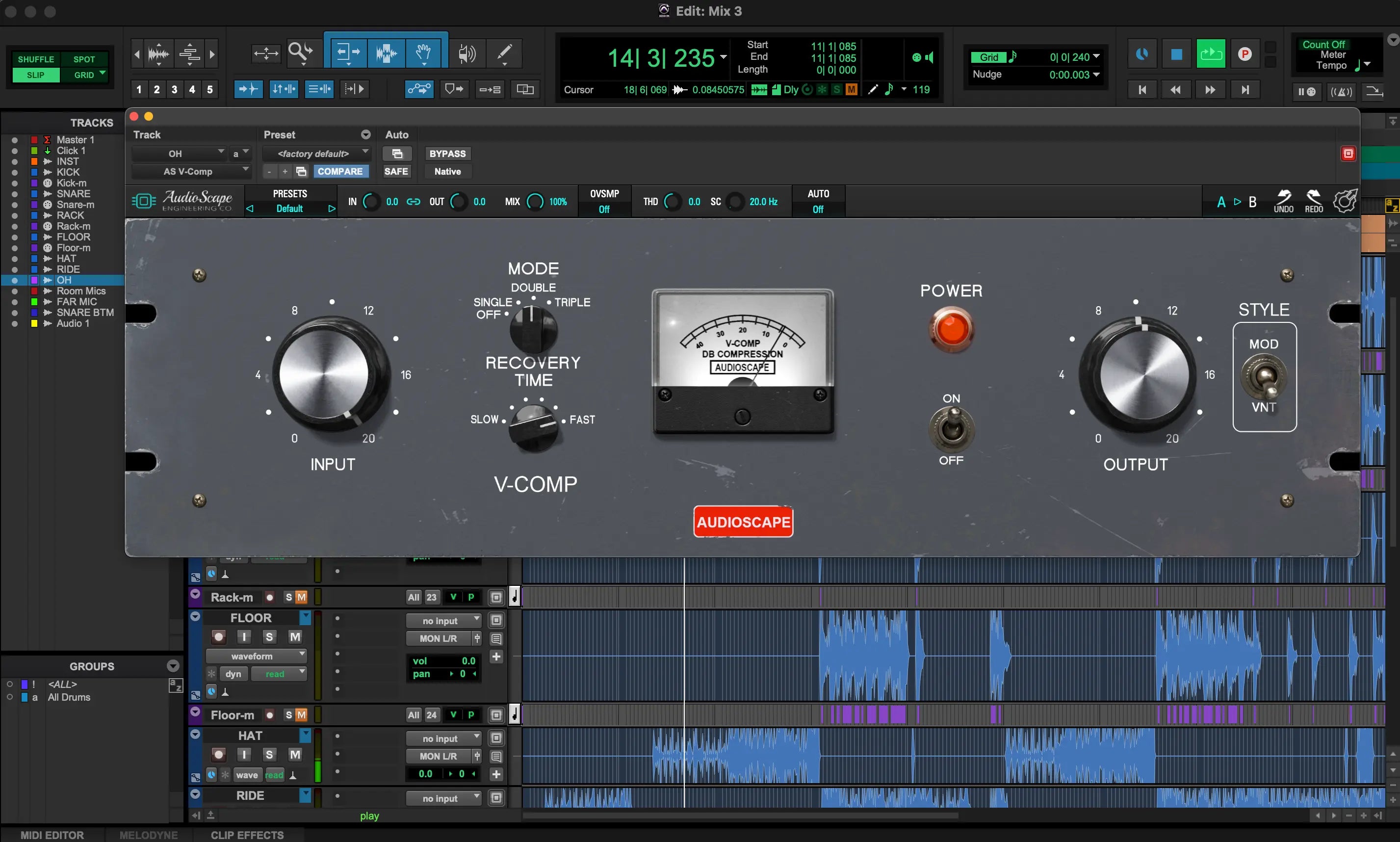Introduction
Harmonics form the essence of what makes music resonate with us. It's not just about the notes you hit; it's about how those notes come alive through the harmonics they generate. This blog post aims to demystify the concepts of even and odd harmonics, shedding light on their differences, their unique characteristics, and how they can be harnessed in music production to create rich, dynamic sounds.
Whether you're a seasoned music producer or just starting out, understanding harmonics will deepen your mastery of sound and help you make more informed decisions in your production process.
What Are Harmonics?
Before diving into the specifics of even and odd harmonics, let's establish a foundational understanding of what harmonics are. In the simplest terms, harmonics are the multiple frequencies at which an object vibrates. When you pluck a guitar string, hit a piano key, or even when you speak, the sound produced isn't just a single frequency but a complex mixture of the fundamental frequency (the lowest frequency) and a series of higher frequencies known as harmonics or overtones. These harmonics are integral to the timbre or color of the sound, giving each instrument and voice its distinctive character.
Even Harmonics
Even harmonics are the harmonics that occur at even multiples of the fundamental frequency. If the fundamental frequency of a note is 100 Hz, then it's even harmonics would be found at 200 Hz (2nd harmonic), 400 Hz (4th harmonic), 800 Hz (8th harmonic), and so on.
These harmonics tend to add a certain warmth and fullness to the sound, often perceived as pleasing and harmonious. Instruments like the flute or strings, when played in certain ways, can produce a rich set of even harmonics, contributing to their lush, melodic tones.

Odd Harmonics
Contrastingly, odd harmonics occur at odd multiples of the fundamental frequency. Continuing with the previous example, the odd harmonics of a 100 Hz note would be 300 Hz (3rd harmonic), 500 Hz (5th harmonic), 700 Hz (7th harmonic), etc.
Odd harmonics introduce a sharper, more distinct quality to the sound, often associated with brightness or even a bit of edginess. Brass instruments, electric guitars with distortion, and many types of synthesizers prominently feature odd harmonics, defining much of their character.

Differences Between Even and Odd Harmonics
Understanding the distinctions between even and odd harmonics is crucial for music producers, as it directly influences the texture and tone of the music they create. Here are the key differences:
Sound Quality: Even harmonics tend to produce a sound that is perceived as smooth, warm, and rich. This makes them particularly appealing for genres that emphasize melody and harmony, such as classical music, jazz, and certain types of electronic music.
On the other hand, odd harmonics contribute to a sound that is brighter, clearer, and sometimes more aggressive, making them suitable for genres like rock, metal, and electronic dance music where a more pronounced sound is desirable.
Harmonic Series: The even harmonic series progresses at even multiples of the fundamental frequency, resulting in a series that blends more seamlessly with the original note. The odd harmonic series, while still harmonically related, introduces intervals that can add tension or dissonance, offering a different palette of sonic possibilities.
Instrument Character: Certain instruments naturally emphasize even or odd harmonics based on their construction and the way they produce sound. For example, string instruments and certain woodwinds, when played softly, have a pronounced even harmonic content. Brass instruments and distorted electric guitars, meanwhile, are rich in odd harmonics.

Role of Harmonics in Music Production
Harmonics are not just a byproduct of sound production; they are a powerful tool in the hands of a skilled music producer. By understanding and manipulating harmonics, producers can shape the timbre of an instrument, create depth and space in a mix, and even transform a simple melody into a complex, emotionally compelling piece of music.
Using Even Harmonics in Music Production
Techniques for Emphasizing Even Harmonics: One common technique is to use tube or tape saturation effects, which naturally enhance even harmonics, adding warmth and body to the sound. Equalization (EQ) can also be employed to boost frequencies where even harmonics dominate.
Benefits for Music Production: Emphasizing even harmonics can make a track sound fuller and more melodically pleasing. It's particularly effective in genres where warmth and depth are desired, such as jazz, R&B, and ambient music.
Using Odd Harmonics in Music Production
Techniques for Emphasizing Odd Harmonics: Distortion, overdrive, and certain types of waveshaping can introduce and accentuate odd harmonics. Strategic EQ boosts can also highlight these harmonics in specific instruments.
Benefits for Music Production: Enhancing odd harmonics can add clarity, definition, and an edge to the sound. This technique is invaluable in genres that thrive on high energy and intensity, such as rock, metal, and electronic dance music.
Looking to put these concepts to test?
Our plugin, Distinct Pro!, is a versatile saturation and dynamics processing plugin engineered for those looking to master the intricate balance of harmonics in their productions. By offering advanced control over both even and odd harmonics, Distinct Pro! enables users to finely tune the sonic character of their tracks.
Start your free trial today by clicking here!

Conclusion
The dance between even and odd harmonics is a fundamental aspect of music that shapes the character and emotion of every note. As we've seen, even harmonics add warmth and richness, painting sounds with a smooth, melodic brush.
Odd harmonics, by contrast, inject brightness and clarity, often bringing an edgy or aggressive flair to the mix. Understanding these differences and knowing how to manipulate them is a key skill for any music producer looking to craft distinctive and impactful sounds.










Leave a comment
All comments are moderated before being published.
This site is protected by hCaptcha and the hCaptcha Privacy Policy and Terms of Service apply.